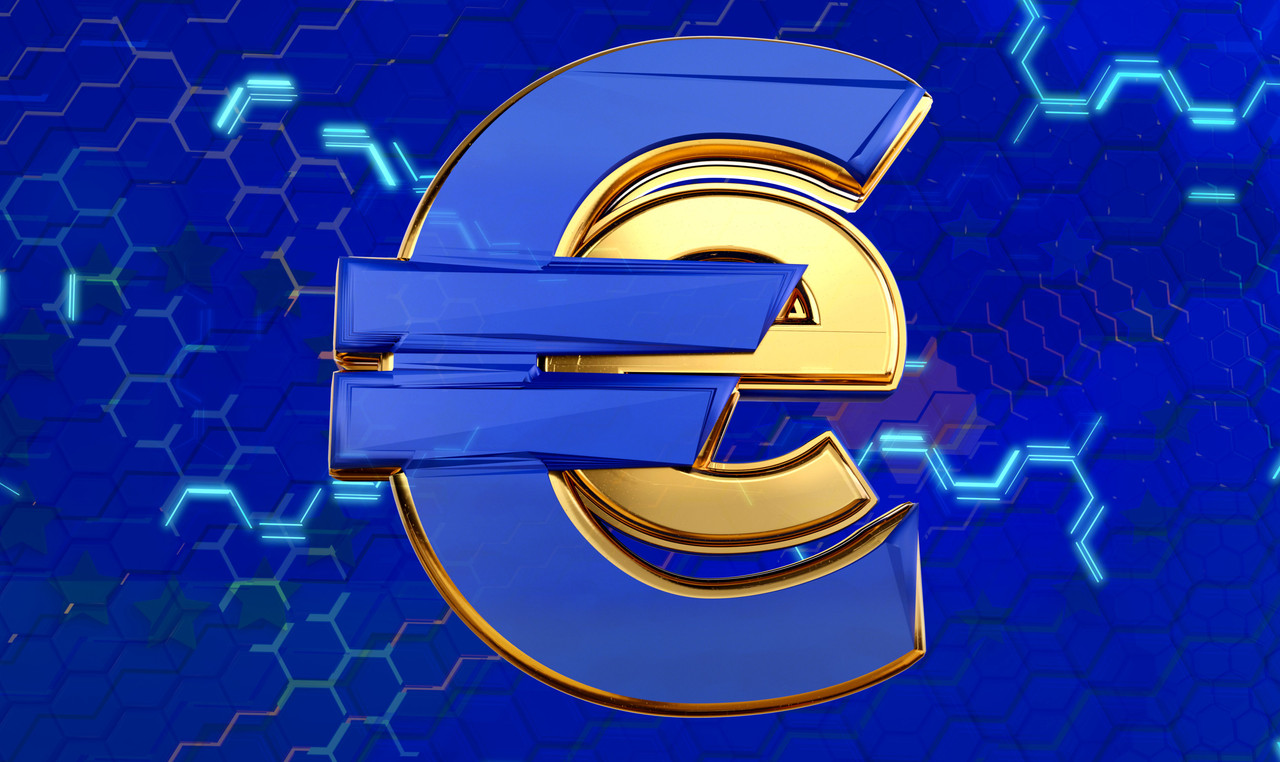On Wednesday the governing council of the ECB said it would start the investigation phase of a digital euro project in October.
“Our work aims to ensure that in the digital age citizens and firms continue to have access to the safest form of money, central bank money,” ECB president Christine Lagarde .
During the investigation phase, the bank will examine questions around the digital euro’s design and distribution. It will also look into the use cases that a digital euro should provide as a priority to meet the cited objectives of being a “riskless, accessible, and efficient form of digital central bank money.”
After its initial report published nine months ago, the ECB carried out consultations with citizens and professionals. During a preliminary phase, experiments were conducted in the digital euro ledger, privacy and anti-money laundering, limits on digital euro in circulation and end-user access while not connected to the internet and facilitating inclusiveness with appropriate devices. The findings suggested that there were “no technical obstacles”.
According to the ECB, “both the Eurosystem Target Instant Payment Settlement (TIPS) and alternatives such as blockchain were proven capable of processing more than 40,000 transactions per second.”
It further added that a digital euro core infrastructure would be “environmentally friendly”, saying that for the architectures tested, the power used to run tens of thousands of transactions per second was negligible compared to the energy consumption of crypto-assets like bitcoin.
